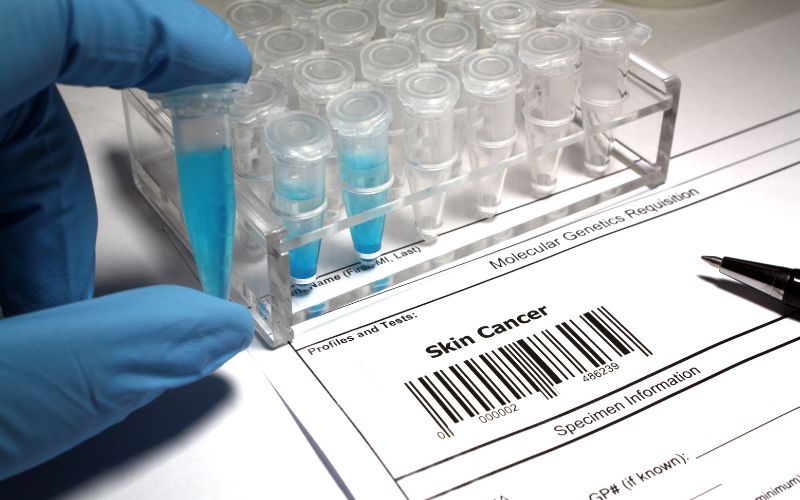
- Details
- By Kaili Berg
A new study published by the Journal of American Medical Association (JAMA) Dermatology shows that Alaska Natives and American Indians (AI/AN) have the second-highest rates of skin cancer behind the white Americans. The study corrects the underreporting of melanoma in Native communities, driven by frequent misclassification of race in data collection.
The study draws on data from an Indian Health Service (IHS) population-based cancer registry from 1999-2019.
“The study results suggest that additional research could help to clarify why some non-Hispanic American Indian/Alaska Native people have higher incidence rates of melanoma,” researchers wrote in the study. “These findings suggest that previous studies may have overlooked AI/AN health disparities and underscore the importance of minimizing racial misclassification in this population."
Melanoma causes more than 9,000 deaths per year in the U.S., according to the Centers for Disease Control and Prevention (CDC). CDC data also show rates of male mortality for melanoma of all races are more than double that of females of all races.
Skin cancer — the most common cancer and most preventable cancer — can be prevented by avoiding ultraviolet rays from the sun and avoiding indoor tanning. An article published in the Journal of the American Academy of Dermatology reveals that AI/AN less frequently uses sun protection, including wearing hats and seeking shade when outdoors, compared to other racial groups. AI/AN individuals also reported using indoor tanning devices more frequently than other minority groups.
In addition to avoiding tanning beds, the American Academy of Dermatology recommended that people take the following steps to protect themselves from damaging UV rays when outside:
- Seek shade. Seek shade when appropriate, remembering that the sun’s rays are the strongest between 10 a.m. and 2 p.m. You can also look at your shadow. Anytime your shadow appears shorter than you, seek shade.
- Wear sun-protective clothing. Wear a lightweight and long-sleeved shirt, pants, a wide-brimmed hat, and sunglasses with UV protection, when possible. For more effective protection, select clothing with an ultraviolet protection factor (UPF) number on the label.
- Apply sunscreen. Apply a broad-spectrum, water-resistant sunscreen with an SPF of 30 or higher to all skin not covered by clothing. Remember to reapply every two hours or after swimming or sweating.
More Stories Like This
My Favorite Stories of 2025The blueprint for Indigenous Food Sovereignty is Served at Owamni
Seven Deaths in Indian Country Jails as Inmate Population Rises and Staffing Drops
Sen. Luján Convenes Experts to Develop Roadmap for Native Maternal Health Solutions
Senate Passes Bill Aimed at Missing and Murdered Indigenous Peoples Crisis

